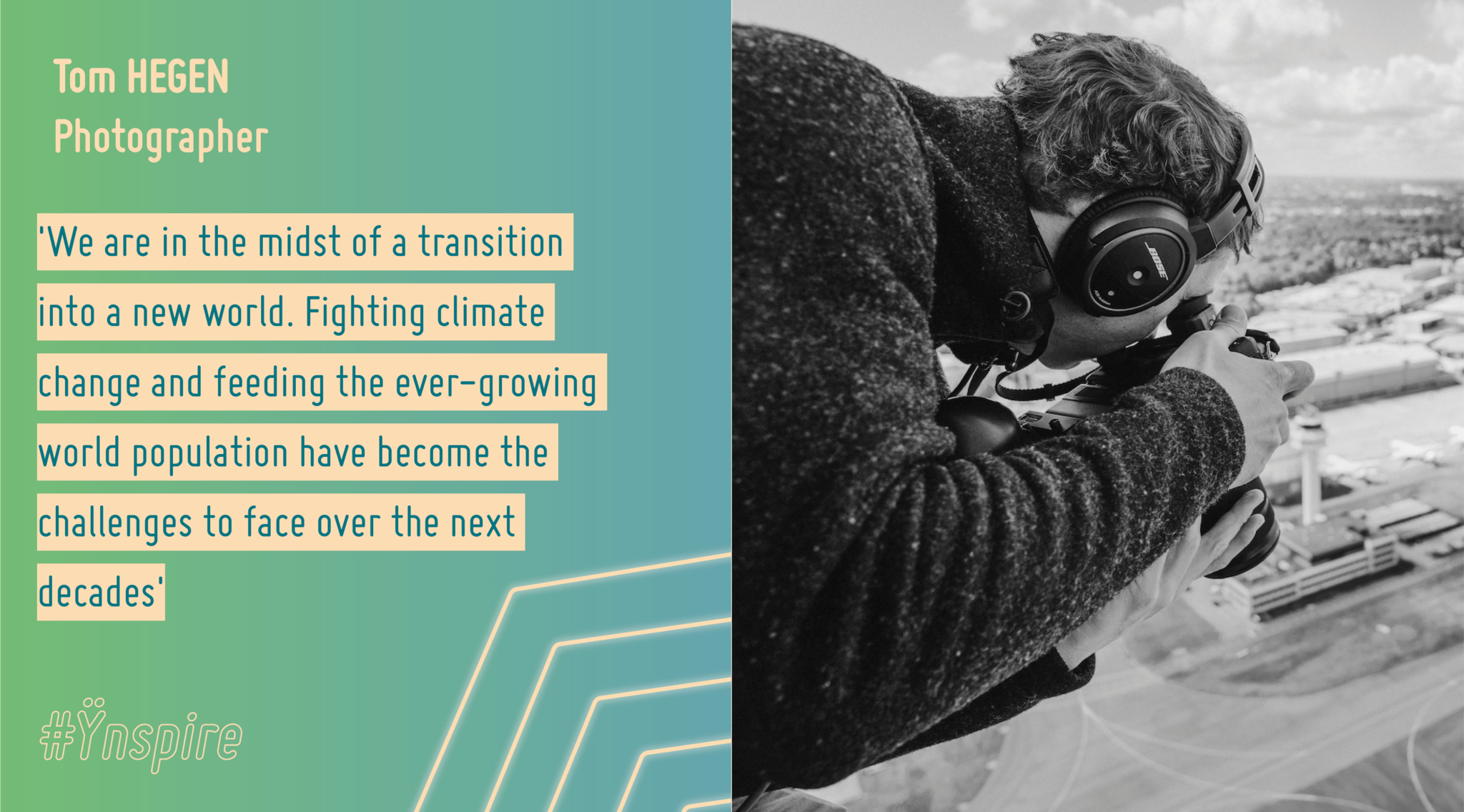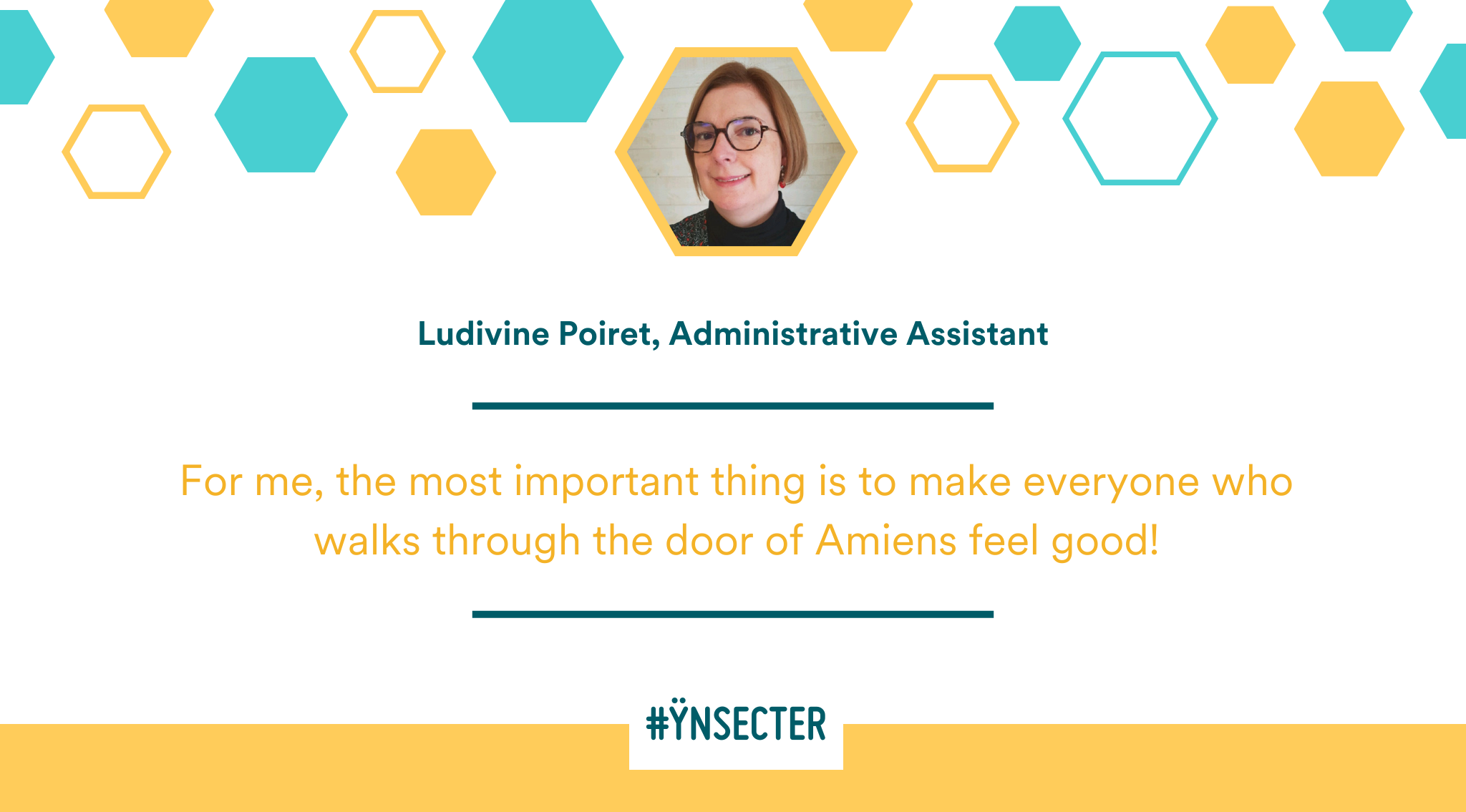How did you become not only a photographer, but an environmental photographer?
I studied Communication Design in Germany and the United Kingdom from 2011 to 2017. Photography was part of my studies but it was always my passion. I started off with classic landscape photography but soon, realized that those types of sugarcoated shots do not represent the real environment. I then began to question the term “landscaping”. As a result, I now focus on landscapes that show the impact of humans on Earth.
Your photos highlight the division between Man and Nature: why did you make this choice?
It all started when I visited an exhibition in Munich back in 2015 called “Anthropocene”. It’s a term coined by a group of scientists that refers to the human era. Scientists around the world recognize that we as humans have such a strong impact on the geological, ecological and atmospheric processes on Earth that we have become the most impactful force on our planet. I wanted to access this topic with my own visual language and start drawing attention to relevant environmental issues to hopefully inspire people to make a positive difference to our planet. I also started to question the term “landscape” from “landscape photography”. “Land” is actually a word of Germanic origin, and the roots of the suffix “-scape” refers to the verb “shaping”. So landscape in the sense of landscaping refers to an activity that modifies the visible features of an area by man. Consequently, I started seeing landscape photography as documenting places influenced by humans rather than showing pure, unspoiled nature.
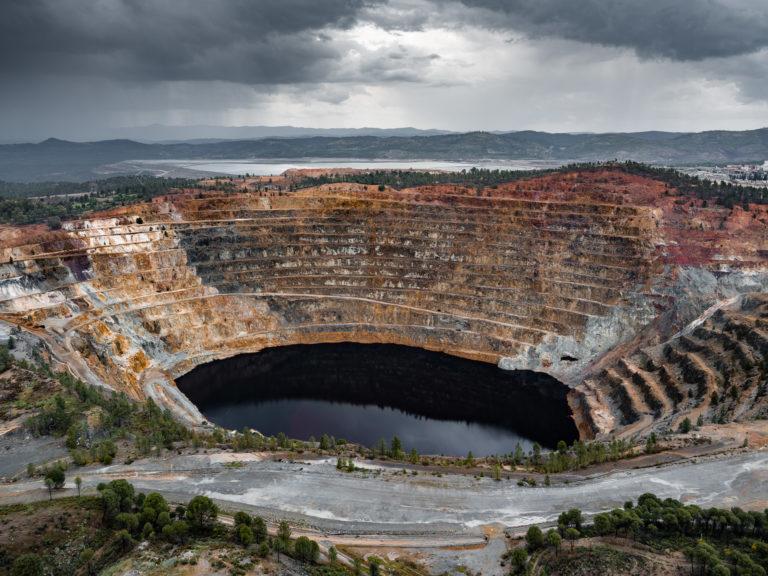
How do you choose your projects? How do you organize a shoot (equipment, flights etc.)?
As I mentioned before, I became interested in the “Anthropocen” concept. In my photography, I explore this idea to understand the extent of man’s intervention in nature and highlight how humans can take responsibility. A lot of my projects include an enormous amount of research, including on the area and the technical requirements. Before taking to the sky, I have quite a precise idea in mind of what I would like to photograph. I always begin planning my projects a good amount of time before the actual shoot. Preparation is really important when it comes to aerial photography: it helps for safe and successful aerial production. I work with a four-step method: research, concept, execution and evaluation. It’s hard to tell how much time I need for a series. Sometimes, the idea sits around for a couple of months until I get the opportunity to execute it. I use various techniques to create my work, like small airplanes, helicopters, drones, and even hot air balloons. I have even done some projects from the top of a bridge. For me, it doesn’t make a big difference shooting from an airplane, helicopter or working with a drone. I focus on the single image, series and concept, rather than technique.
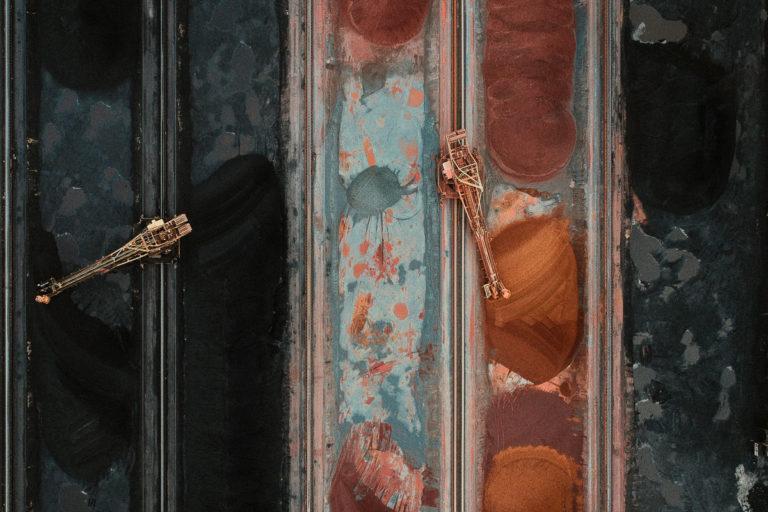
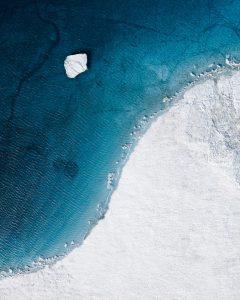
You have made very diverse series (from the Mediterranean, to the Alps through to salt marshes): what is the one that has affected you the most and why?
In 2018, I did a project about the effects of global warming on the Arctic Ice Sheet. I documented the meltwater river and lakes on top of it. When I was approaching this vast landscape by air, I was overwhelmed by its scale and that even though it’s so remote, we still have such an impact on it. I wouldn’t say it’s my favourite series as I really don’t have one, but it definitely is one that stayed with me. You can look at the project on my website: https://www.tomhegen.com/
During the lockdown, you created a series of an empty airport in which the planes weren’t flying, why did you choose this?
Aviation is one of the key contributors to globalization. Since the beginning of civil aviation, goods and people can be transported faster across continents. But this intensive networking also means that diseases are spreading faster than ever before; due to globalization, for example, COVID-19 spread from Wuhan to all parts of the world and shut down public life. The coronavirus pandemic could also be seen as an act of revenge from nature on globalization. In April 2020, worldwide air traffic fell dramatically. At many airports around the world, runways closed and were used as parking areas for grounded planes. The airplanes that were once a symbol of globalization became a symbol of the lockdown. And this is what I wanted to capture – a symbolic image of this historical situation.
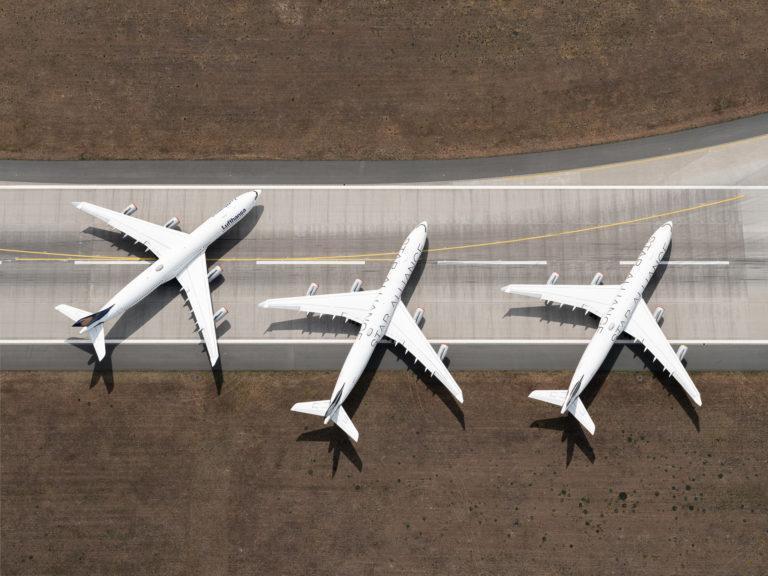
We are struggling with the coronavirus crisis, and are moving towards the most important crises of our time about food and climate. What is your vision of the future regarding these? How do you think it will affect the environment?
We are in the midst of a transition into a new world. Fighting climate change and feeding the ever-growing world population have become the challenges to face over the next decades. And for this, I think we need more of a revolution rather than an evolution. The problem I see here is that we are only really changing things when there is an emergency. My generation may not be really affected by these issues, but the big question is, how will we leave the planet for future generations?
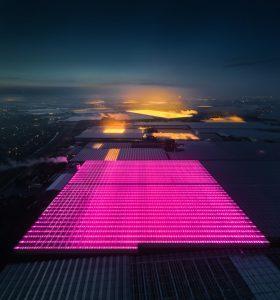
What message would you like to convey with your photos? And to whom?
I hope that my photographs will provide an overview and insights into the world we live in. I also hope it gets people to think about the change needed for a more sustainable future and that the viewer understands better the interconnection of things around the world, and that this understanding ultimately results in more responsible behaviour towards our resources and environment, which we often take for granted.
Visit Tom Hegen’s website and social media to discover his work:

